|
Low back pain is a common condition affecting millions globally, significantly impacting daily activities and quality of life. However, with the right strategies, it's possible to prevent or minimise its occurrence. Acland Street Physiotherapy is dedicated to providing you with evidence-based information to guide you in preventing low back pain effectively. Understanding Prevention Levels Prevention of low back pain can be categorised into three main types: primary, secondary, and tertiary. 1. Primary prevention aims at stopping the disease before it occurs, focusing on health promotion and environmental regulation. 2. Secondary prevention targets the prevention of recurrences or exacerbations of already diagnosed conditions. 3. Lastly, tertiary prevention focuses on minimising morbidity through supportive and rehabilitative services after a disease or injury has occurred. Key Strategies for Low Back Pain Prevention
1. Core Strengthening Exercises Strengthening your core is vital for supporting your spine. Try exercises like planks and the bird dog to build core strength and stability. 2. Flexibility and Stretching Incorporate the cat-cow stretch and hamstring stretches into your routine to improve flexibility and reduce tension in the lower back. 3. Aerobic Exercise Engage in walking, swimming, or cycling to improve cardiovascular health and support back health. ** Please see YouTube clips below this blog post for demonstrations of these exercises recommended above! What to Avoid Certain interventions like lumbar supports, back belts, and shoe insoles are not recommended for preventing low back pain due to their potential negative effects on back pain beliefs. Personalised Approach to Prevention A one-size-fits-all approach does not apply to preventing low back pain. Consulting with a physiotherapist at Acland Street Physiotherapy can help create a personalised prevention plan that suits your specific needs. Preventing low back pain requires a multifaceted approach, combining physical activity, manual therapy techniques, ergonomic adjustments, and educational programs. By adopting these strategies, individuals can significantly reduce their risk of experiencing low back pain and improve their overall health and well-being. Remember, an ounce of prevention is worth a pound of cure. Stay active, stay informed, and let's work together towards a pain-free back.
0 Comments
Tendinopathy is a generic term used to describe injuries to the tendon associated with inflammation and degeneration. It can be either characterised as a painful or pathological condition associated with overuse. Usually pain is associated with increased loads and a recognition that there has been a relative increase in inactivity. Pain is often reported as sharp early on and then becomes a dull ache weeks later. Pain may be present at the beginning of the activity then disappear during it, then returns on subsequent attempts of the activity.
Tendinopathies are common as they have a poor blood or nutrient supply compared to skeletal muscles. In fact, the oxygen consumption of tendons is about 7.5 times lower than skeletal muscles. A relatively low metabolic rate results in generally slow healing after injury. Common tendinopathies seen at Acland Street Physiotherapy include:
Tendinopathies generally respond well to physiotherapy treatment. This could include treatment techniques such as manual therapy, extracorporeal shockwave and eccentric strengthening exercises to improve the load capabilities of the tendon. One of the most common lower back complaints at Acland Street Physiotherapy is symptoms of a pinched nerve. This is a condition where lower back pain occurs as a result of a nerve in the lower spine is being compressed by a nearby bone or soft tissue structure. The pressure from the pinch may causes pain, numbness, burning or tingling in the lower back, legs or feet. Some people may also call this condition "sciatica".
The common causes of this condition are:
Often such conditions do not need further x-rays, CT scans or MRIs and respond extremely well to physiotherapy treatment, which may include manual therapy, heat therapy, dry needling, postural taping, pain and postural education and a specific exercise program. It is important to note that you should seek emergency medical attention or see your doctor if:
Subacromial pain syndrome is a non-traumatic one sided condition of the shoulder. This common condition is two thirds of all shoulder complaints at Acland Street Physiotherapy. This condition is more prevalent as you age. It usually causes pain localised around the acromion (bony process of the shoulder) when lifting the arm. Usually one or structures are injured within the subacromial space.
Common conditions that cause subacromial pain syndrome include:
The above conditions often respond very well to physiotherapy treatment which includes manual therapy, dry needling, extracorporeal shockwave therapy, exercise programs involving stretching, strengthening the rotator cuff and stabilising the scapula (shoulder blades). Supraspinatus tendinopathy or supraspinatus "tendinitis" is a common source of reported shoulder pain in patients that perform repetitive overhead activities, overloading the tendon. Examples of this include painting, hairdressing or sports requiring overhead actions such as tennis and volleyball. This is commonly clinically diagnosed by experienced physiotherapists and formally confirmed on shoulder ultrasound scans. The supraspinatus tendon is part of the rotator cuff muscle group in the shoulder, involved in stabilising, "externally rotating" and "abducting" the shoulder (side raise). The tendon often experiences impingement as it passes in between the humeral head ("ball and socket" joint) and acromion (the bony process on the shoulder blade). Friction between the tendon and acromion is reduced by the subacromial bursa which can also get inflamed causing "subacromial bursitis".
Supraspinatus tendinopathy can cause significant reduced shoulder function, pain, strength and range of motion, particularly with overhead activites. Physiotherapy treatment is often the first line of treatment before a cortisone injection is considered. Manual therapy, extracorporeal shockwave therapy, dry needling and a rotator cuff strengthening and shoulder stabilisation exercise program often can help resolve the problem quickly. "Uneven shoulders" are often noticed when you look in the mirror as you get dressed after a shower. This can be a cause of various symptoms such as tension headaches, pain, tightness, pins and needles and a lack of general mobility in the neck and shoulders. Most of the time, it is not a major health concern. Common causes include:
If you are worried about having "uneven shoulders", please do not hesitate to get it professionally assessed by an appropriately trained physiotherapist or your GP. Subacromial pain syndrome is usually non-traumatic, one sided shoulder problems which cause pain, localised around the acromion (bony process of the shoulder blade). This painful condition makes up over two thirds of the shoulder presentations at Acland Street Physiotherapy. Patients often report the pain to be worse with lifting of the arm. From an anatomical point of view, pain associated with this syndrome suggests that there is a lesion or injury associated with one or more structures within the subacromial space.
Common conditions associated with subacromial structures include:
These clinical conditions often respond very well to physiotherapy treatment and modified rest. Physiotherapy treatment may involve manual therapy, extracorporeal shockwave therapy, dry needling and rotator cuff strengthening, shoulder stretching and stabilisation exercises. Low back pain (LBP) and associated sciatica (leg symptoms originating from the lower back) is the leading reason why the local residents of St Kilda visit Acland Street Physiotherapy.
Low back pain affects 60-80% of the population (see reference) throughout their lifetime. According to multiple recent studies, about 10% of the population are physically disabled by low back pain. Low back pain is usually characterised into 3 types: 1. Acute - Symptoms experienced for less than 6 weeks. 2. Sub-acute - Symptoms experienced between 6-12 weeks. 3. Chronic - Symptoms experienced for greater than 6 weeks. At Acland Street Physiotherapy, we commonly see patients in all 3 categories with both the acute and chronic categories being the most functionally debilitating for our patients. Non-specific or mechanical lower back pain accounts for approximately 90% of the cases of low back pain presentations in primary care, that is seen by physiotherapists. 10% are generally more serious medical conditions that need urgent medical intervention. Very occasionally at Acland Street Physiotherapy are we presented with more serious medical conditions associated with low back pain symptoms. In such cases, we generally refer these patients directly for further diagnostic imaging or back to their primary GP for further investigations. Through taking the patients history and physical testing, physiotherapy assessments aim to rule out the unlikely chances of a more serious medical condition or emergency. In addition, it aims to identify the impairments and likely causes that may have contributed to the pain and the likelihood of the lower back condition becoming persistent. From our many years of experience, non specific low back pain is commonly caused by disorders of the neural or musculoskeletal structures of the lumbar spine, which often responds well to physiotherapy treatment and advice. Diagnostic imaging (ie. x-ray, CT scan or MRI of the lumbar spine) are generally not recommended in the first month of lower back pain and only when more serious medical conditions are suspected. Sciatic or leg pain originating from the lower back condition is a common presentation. Like low back pain, it is often due to disorders of neural or musculoskeletal structures of the lumbar spine assessed by a physiotherapist. In addition, low back pain is generally caused by the result of such structures. International clinical guidelines recommend non-pharmacological management of non-specific low back pain which is commonly physiotherapy treatment. Physiotherapy treatment often involves manual therapy to alleviate the symptoms and encourage movement, therapeutic exercises, personalised education and supportive taping. Prevention of lower back pain recurrence involves the physiotherapist to devising an individualised exercise program for you to target the specific issues assessed, as well as to improve general health and wellbeing. This could involve a home exercise program, supervised gym program, recommending pilates or yoga classes, or a gym and swimming program. Learn about some self help exercises for your low back here. A highly recommended SHORT video to help you understand chronic pain and what YOU CAN do about It6/15/2020 Chronic pain can be severely disabling and is a common presentation at Acland Street Physiotherapy. It is a complex concept to understand and not a lot is known about it. The following is a YouTube video our physio Barry Nguyen frequently recommends to his clients to view to learn more about pain. This less than 5 minute video applying the latest scientific and clinical research and explains pain in plain English as well as practical tips on what you can do to help it! |
Author
Archives
May 2024
|
Copyright Acland Street Physiotherapy © 2024
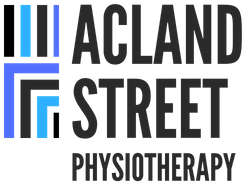
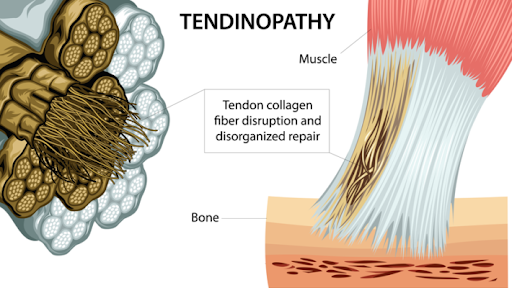
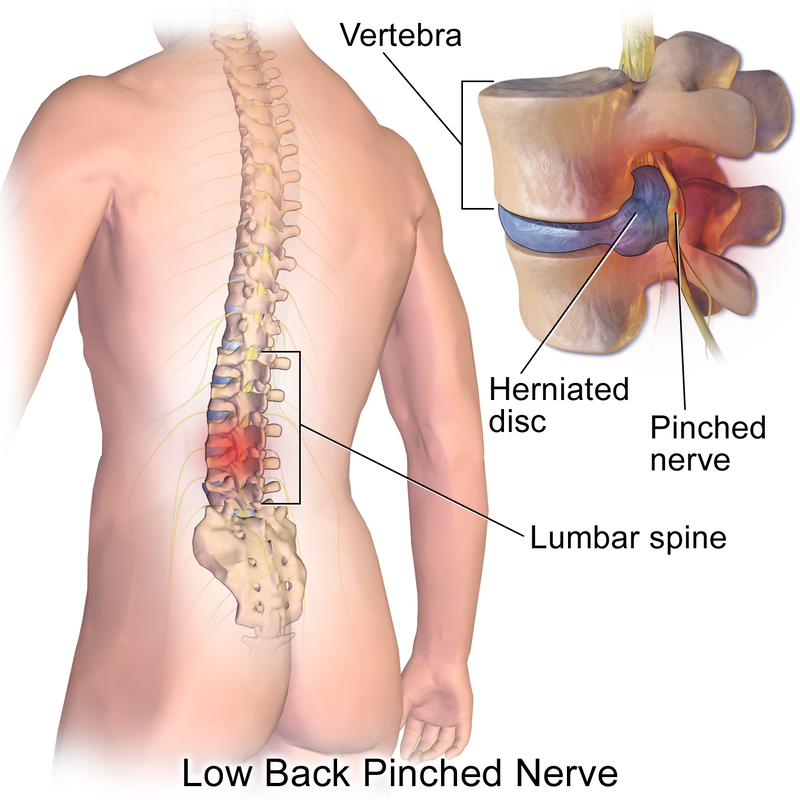
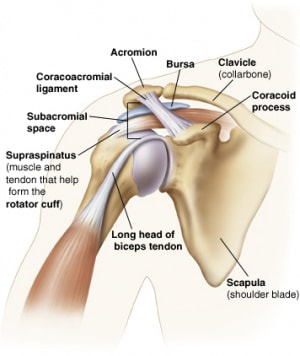
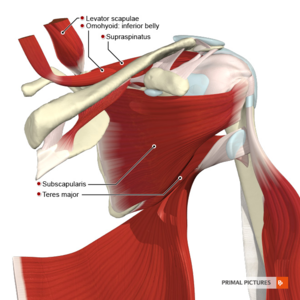
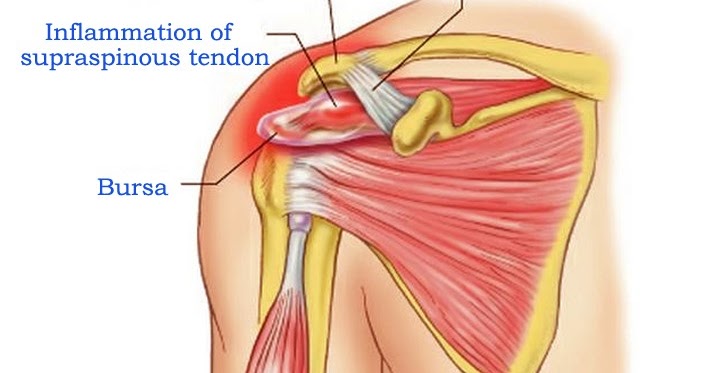
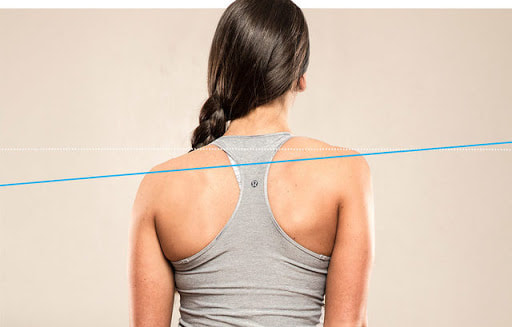

 RSS Feed
RSS Feed